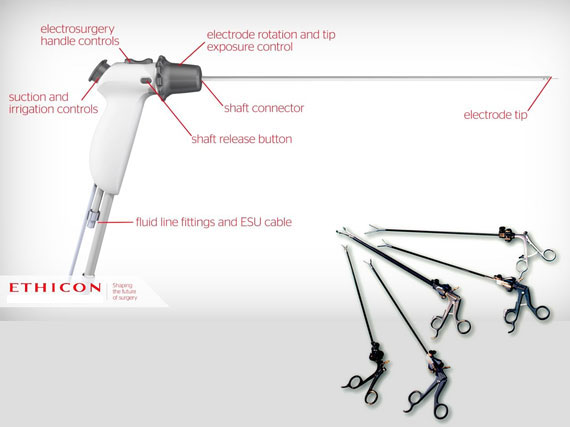Laparoscopic surgery is commonly referred to as ‘keyhole’ surgery because small cut are made in the skin and surgical ports are inserted through these incisions. The ports become ‘keyhole’ passages between the outside and the surgical area. Carbon dioxide gas is used to inflate the surgical area to enable room for instruments to be manoeuvred and improve visibility. Specifically designed surgical equipment and instruments are then passed through the ports to the surgical area. The equipment includes a lighted camera, which provides a clear image of internal organs.
Laparoscopic surgery is often considered the standard surgical technique in many procedures. In urology it is mostly commonly used for operations on the kidney, including removal of kidney (nephrectomy), excision of part of the kidney (partial nephrectomy) and repair of an obstructed kidney (pyeloplasty).
A laparoscopic approach can be used for operations on the prostate and bladder, but these are now more commonly done using a robot, which has articulating instruments.
The benefits of laparoscopic surgery for patients are significant. Smaller incisions result in less cosmetic scarring, reduced pain, faster healing and faster return to work or normal routines. Laparoscopic surgery however requires greater technical skill and the cost of equipment is higher.

